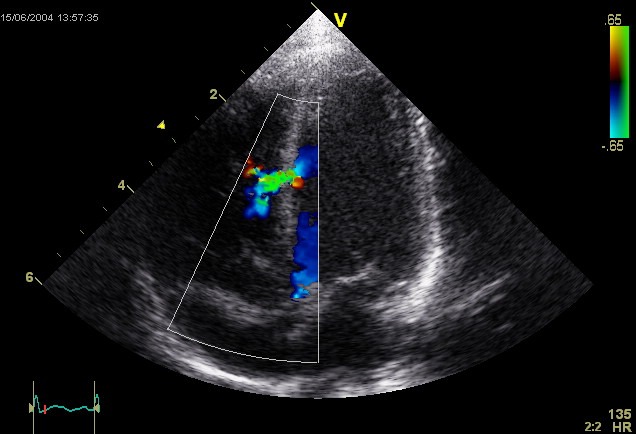
The overall incidence of adverse events (AEs) in the study was extremely low and the observed AEs were non-serious. The authors reported the rate of AEs following administration of LUMASON agent to be significantly lower than that after administration of the UEA Definity. The study is published in the journal Echocardiography.1
UEAs are used in echocardiography to improve image quality and provide real-time assessment of intracardiac blood flow in patients whose conditions, such as large body habitus, lung artifact, increased anterior–posterior diameter, and excessive cardiac motion, may impair image resolution and quality.
“The positive impact of ultrasound enhancing agents is indisputable as they have significantly improved the quality and cost-effectiveness of cardiac clinical care, but these agents are underutilized by the clinical community due to concerns about potential allergic reactions,” said study investigator Stephen B. Heitner, MD, Clinical Echocardiography Laboratory, OHSU Hypertrophic Cardiomyopathy Center, Oregon Health & Science University. “Our study shows an extremely low overall incidence of adverse effects events with routine clinical use of ultrasound enhancing agents and confirms that they should be used with all appropriate patients, including those with known intra-cardiac shunts.”
Study Design and Results
This was a prospective observational study conducted at Oregon Health & Science University to determine the rate and severity of AEs following UEA administration, assess whether microbubbles are safe when administered to patients with intracardiac shunts, and assess whether the rate and type of AEs differ significantly among LUMASON, Definity and Optison, the three UEAs approved by the U.S. Food and Drug Administration.
Over a 15-month period, 5,476 echocardiographic studies with UEAs were performed in 5,013 patients. A total of 5,521 UEA administrations were completed: 2,137 with LUMASON, 3,306 with Definity and 78 with Optison. Due to the low number of procedures with Optison, no meaningful comparison between this agent and the other two UEAs could be made.
Overall incidence of AEs was low (14 AEs, 0.25%). All AEs were non-serious, and there were no AEs among the 33 patients known to have intra-cardiac shunts. AE rate was significantly higher with Definity (13 AEs, 0.39%) than with LUMASON (1 AE, 0.05%). Flank pain was the most commonly reported adverse effect event in patients administered with Definity (N=9). One patient who developed flank pain with Definity had tolerated the use of LUMASON on prior transthoracic echocardiography without incident. Intervention was required only for one patient who developed rash and dyspnea shortly after administration of Definity.
“In the United States and Europe, there has been an increased interest in using prospective observational studies to obtain more and reliable information on the safety of medicines in real-world clinical settings to inform health policy decisions,” stated Alberto Spinazzi, MD, Head, Global Medical and Regulatory Affairs, Bracco Group. “Post-approval studies like this one continue to demonstrate the low level of risk of UEA use in diagnostic imaging.”
Source: Company Press Release






